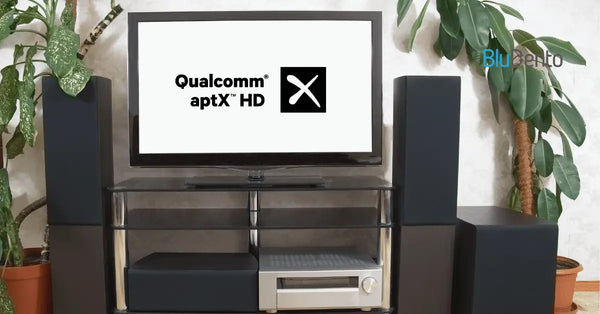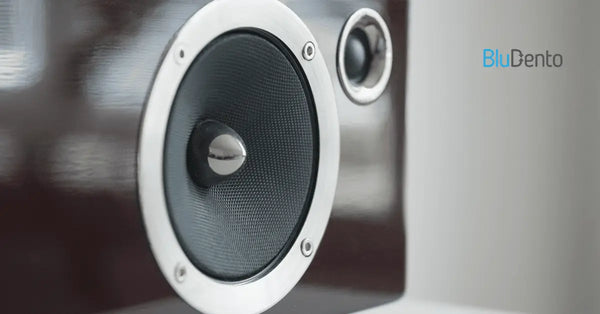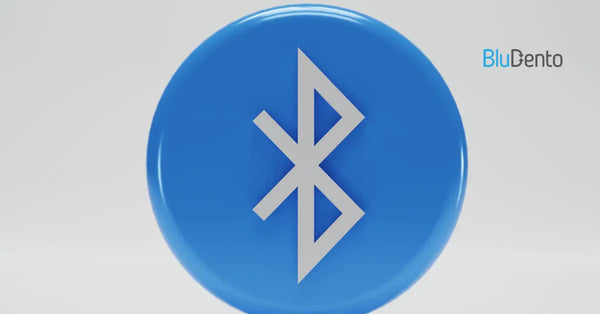How Audio Receiver with Bluetooth Brings Your Music to Life

Imagine kicking back on your couch, streaming your favorite movie from your phone, and having the audio flawlessly sync with your surround sound system—all without a single cable. That’s the magic of an audio receiver with bluetooth. As streaming services and smart devices dominate entertainment, these receivers bridge the gap between cutting-edge tech and immersive audio. Whether you’re a casual listener or a home theater enthusiast, Bluetooth-enabled receivers offer unmatched flexibility, letting you connect smartphones, tablets, and even smart TVs wirelessly. But beyond the convenience, they deliver high-fidelity sound, support for advanced codecs like aptX and AAC, and the ability to future-proof your setup. In this guide, we’ll dive deep into why these devices are revolutionizing home audio and how to choose the perfect one for your needs.
Audio Receiver with Bluetooth: What Makes It Essential?
At its core, an audio receiver with bluetooth combines the functionality of a traditional AV receiver with wireless connectivity. Unlike older models that rely solely on HDMI or RCA cables, Bluetooth receivers use wireless technology to pair with devices, eliminating clutter while maintaining audio quality. Modern versions support Bluetooth 5.0 or higher, ensuring stable connections and reduced latency—a critical factor for movies and gaming. For instance, Yamaha’s RX-V685 receiver uses Bluetooth to stream 4K video and Dolby Atmos audio simultaneously, proving that wireless doesn’t mean compromised performance.
Key Benefits:
- Wireless Freedom: Ditch the spaghetti of cables.
- Multi-Device Compatibility: Connect phones, tablets, and PCs effortlessly.
- Low Latency: Sync audio with video for lag-free viewing.
Key Features to Prioritize When Buying an Audio Receiver with Bluetooth
Not all Bluetooth receivers are created equal. Here’s what to look for:
Power Output and Channel Support
A receiver’s power output (measured in watts per channel) determines how loud and clear your speakers can go. For a 5.1 surround system, aim for at least 75W per channel. If you’re upgrading to a 7.2 setup, ensure the receiver supports Dolby Atmos or DTS:X for 3D audio. Denon’s AVR-X4700H, for example, delivers 105W per channel and supports up to 11.2 channels, making it ideal for large rooms.
Voice Assistant Compatibility
Smart home integration is a must-have today. Look for receivers with built-in Alexa, Google Assistant, or Siri support. This lets you control volume, switch inputs, or queue music using voice commands.
Latency Solutions
Bluetooth latency—the delay between video and audio—can ruin a movie night. Opt for receivers with aptX Low Latency or AAC codecs. Sony’s STR-DN1080 uses these technologies to sync audio within milliseconds.
Setting Up Your Audio Receiver with Bluetooth: A Step-by-Step Guide
Optimal Placement
Place the receiver centrally to minimize interference. Avoid metal cabinets or thick walls that block signals.
Pairing Devices
- Turn on Bluetooth on your phone/tablet.
- Press the receiver’s Bluetooth button (usually on the front panel).
- Select the receiver from your device’s list.
Troubleshooting Tips
-
Issue: Pairing fails.
Fix: Reset both devices and ensure they’re within 30 feet. -
Issue: Audio cuts out.
Fix: Move the receiver away from Wi-Fi routers (2.4GHz signals interfere).
Audio Receiver with Bluetooth vs. Traditional Receivers: Which Wins?
| Feature | Bluetooth Receiver | Traditional Receiver |
|---|---|---|
| Connectivity | Wireless pairing, no cables | HDMI, RCA, and optical ports |
| Sound Quality | Depends on codec (aptX, AAC) | Uncompressed audio via HDMI |
| Cost | $200–$1,500+ | $150–$1,200+ |
While traditional receivers offer slightly better sound fidelity for purists, Bluetooth models like the Bludento BLT-HD close the gap with support for high-res audio files and lossless codecs.
Top Brands Leading the Bluetooth Audio Receiver Market
Yamaha
Yamaha’s RX-A810 combines Bluetooth 5.0 with MusicCast for multi-room audio. Its user-friendly app lets you tweak EQ settings on the fly.
Denon
Denon’s AVR-X6700H supports Bluetooth, HEOS for streaming, and 8K video pass-through—perfect for future upgrades.
Budget-Friendly Picks
Bludento BLT-HD delivers 45W per channel and Bluetooth at a sub-$80 price point, making it a crowd favorite.
Maximizing Your Audio Receiver with Bluetooth: Tips and Tricks
Multi-Room Audio
Use Bluetooth mesh networks to sync speakers in different rooms. Apps like Yamaha’s MusicCast let you group devices for whole-house sound.
Room Calibration
Most receivers include auto-calibration tools (e.g., Audyssey) to optimize sound based on your room’s acoustics.
Power Management
Turn off unused features (like Wi-Fi) to extend the lifespan of connected devices.
The Future of Bluetooth Audio Receivers: What’s Next?
AI-Driven Sound Optimization
Receivers will soon use AI to adjust audio profiles in real-time. For example, a movie scene with explosions might trigger deeper bass automatically.
Smart Home Integration
Look for receivers that sync with Apple HomeKit or Google Home, letting you control lights, thermostats, and audio from one hub.
5G and Bluetooth 5.2
Faster speeds and lower latency will enable 4K video streaming with zero lag, making Bluetooth the go-to choice for cord-cutters.
Frequently Asked Questions
Can I use an audio receiver with bluetooth for gaming?
Yes! Look for low-latency codecs like aptX LL to sync audio with on-screen action.
How do I connect multiple Bluetooth devices to one receiver?
Most receivers allow pairing up to 8 devices, but only one can stream at a time.
Does Bluetooth affect sound quality?
With aptX or AAC codecs, the difference is negligible for casual listeners.
Can I add Bluetooth to an older receiver?
Yes—use a Bluetooth transmitter plugged into the receiver’s audio output.
Are Bluetooth receivers compatible with Apple AirPlay?
Some models, like the Yamaha RX-V685, support AirPlay 2 for seamless iPhone/iPad streaming.
What’s the range of Bluetooth connectivity?
Up to 30 feet in open spaces, but walls and interference can reduce this.
Conclusion: Why an Audio Receiver with Bluetooth Is a Must-Have
An audio receiver with bluetooth isn’t just a gadget—it’s a gateway to a smarter, cleaner, and more immersive entertainment experience. Whether you’re upgrading an old system or building a new one, the flexibility, sound quality, and future-ready features make it a standout choice. From hassle-free setup to cutting-edge tech like AI calibration and 5G compatibility, these receivers are redefining how we enjoy music, movies, and games. Ready to cut the cord? Your perfect wireless audio journey starts here.










